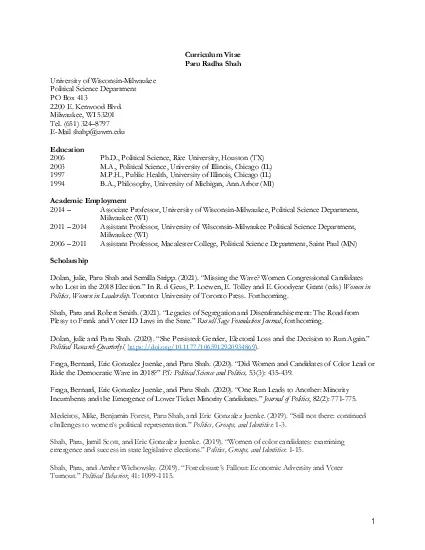PPT-The Fundamentals of Political Science Research, 2
Author : murphy | Published Date : 2022-06-11
nd Edition Chapter 10 Multiple Regression Model Specification Chapter 10 Outline Being Smart with Dummy Independent Variables in OLS Testing Interactive Hypotheses
Presentation Embed Code
Download Presentation
Download Presentation The PPT/PDF document "The Fundamentals of Political Science Re..." is the property of its rightful owner. Permission is granted to download and print the materials on this website for personal, non-commercial use only, and to display it on your personal computer provided you do not modify the materials and that you retain all copyright notices contained in the materials. By downloading content from our website, you accept the terms of this agreement.
The Fundamentals of Political Science Research, 2: Transcript
Download Rules Of Document
"The Fundamentals of Political Science Research, 2"The content belongs to its owner. You may download and print it for personal use, without modification, and keep all copyright notices. By downloading, you agree to these terms.
Related Documents














